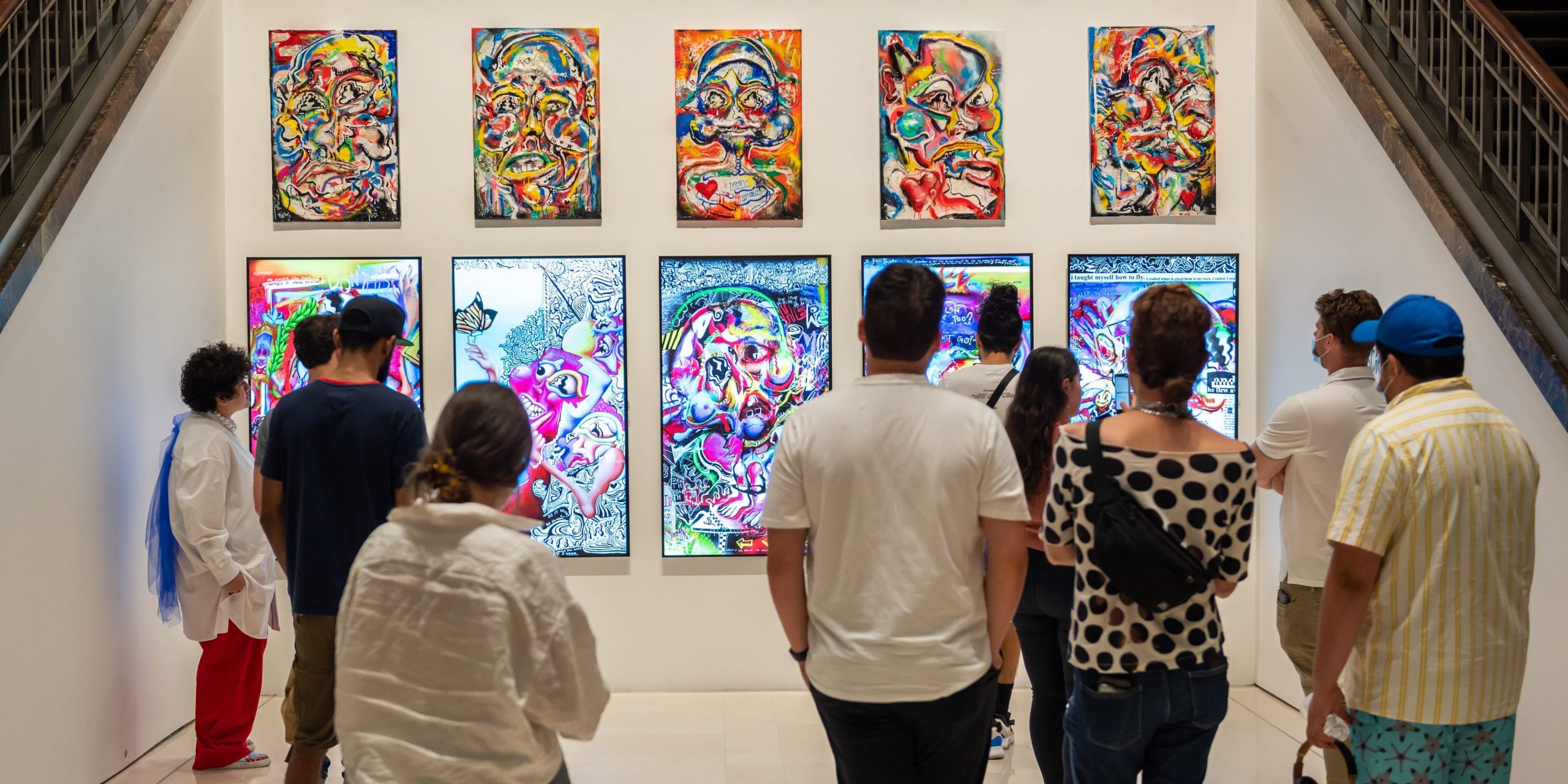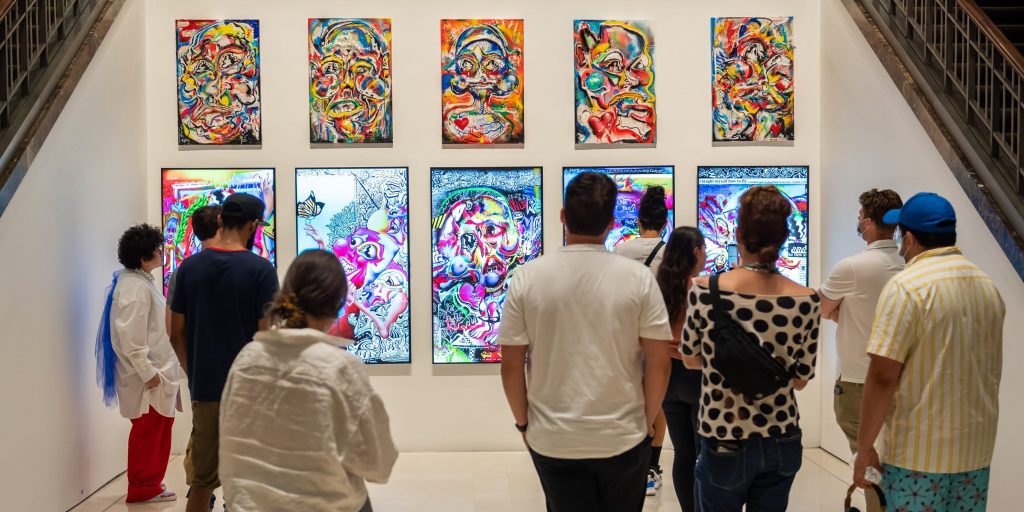
Noam Galai/Getty Images
- NFTs have had a banner month in August. Experts see more growth ahead.
- The final stage of adoption for NFTs is government adoption, said one expert.
- Incorporating NFTs into traditional financial assets could also be an indicator of going mainstream, said another.
- Sign up here for our daily newsletter, 10 Things Before the Opening Bell.
Non-fungible tokens had a banner month in August, with sales volume rising to record highs.
Driven by digital art collections such as Bored Ape Yacht Club and Pudgy Penguins, interest in NFTs drove sales on OpenSea alone to $3 billion, with over 300 million transactions on a single day.
But even with massive growth, the space is still in "very early stages," Lennix Lai, director of financial markets at crypto firm OKEx, told Insider.
Lai said the best use case for NFTs would be to seamlessly integrate into the real world, not just exist in digital form.
"I think if you really want to make something impactful for the real world – actually bring crypto mainstream – you need NFTs," Lai told Insider. "I think the final state would be government adoption."
Lai envisions a world where people's personal information from social security numbers to COVID-19 vaccine cards are safely stored on the blockchain as unique and immutable pieces of data But Lai clarified that the industry needs a "lot more innovation."
"If NFTs are only restricted to collectibles, the future is not that exciting," Lai said.
For now, NFTs - digital representations of artwork, sports cards, or other collectibles tied to a blockchain - still need to overcome multiple hurdles before further mainstream adoption can occur.
Storage is also a problem. Some investors who have purchased NFTs in certain platforms in the past have had issues when those platforms disappeared, said Vanessa Grellet, head of portfolio growth at CoinFund, a digital asset venture fund.
"I think we'll see [NFTs] go mainstream in the next five years," she told Insider. And like Lai, she sees more use cases for NFTs other than art and collectibles.
"I'd like to see more assets come into the NFT space," Grellet said, pointing to financial instruments such as stocks, real estate, and tokenized assets as examples of where the technology could be used to innovate.
Yet, similar to other innovations that threaten to disrupt industries, there is resistance to broadening the uses for NFTs, she said.
"There is a natural sort of slowness until people see a bottomline opportunity," she said, adding that the space also needs regulatory clarity to succeed.
NFTs have surged in popularity this year. When people buy NFTs, they gain the rights to the unique token on the blockchain, not the artworks themselves. But the fact that the information on a blockchain is next to impossible to alter makes NFTs appealing, especially to collectors and artists.
The rally has spilled over into altcoins that facilitate smart contracts such as solana, binance coin, and cardano, according to JPMorgan.
Recent high profile NFT purchases include Visa's $150,000 CryptoPunk buy and NBA star Steph Curry's purchase of an NFT from the Bored Ape Yacht Club collection for $180,000.
Dit artikel is oorspronkelijk verschenen op z24.nl

